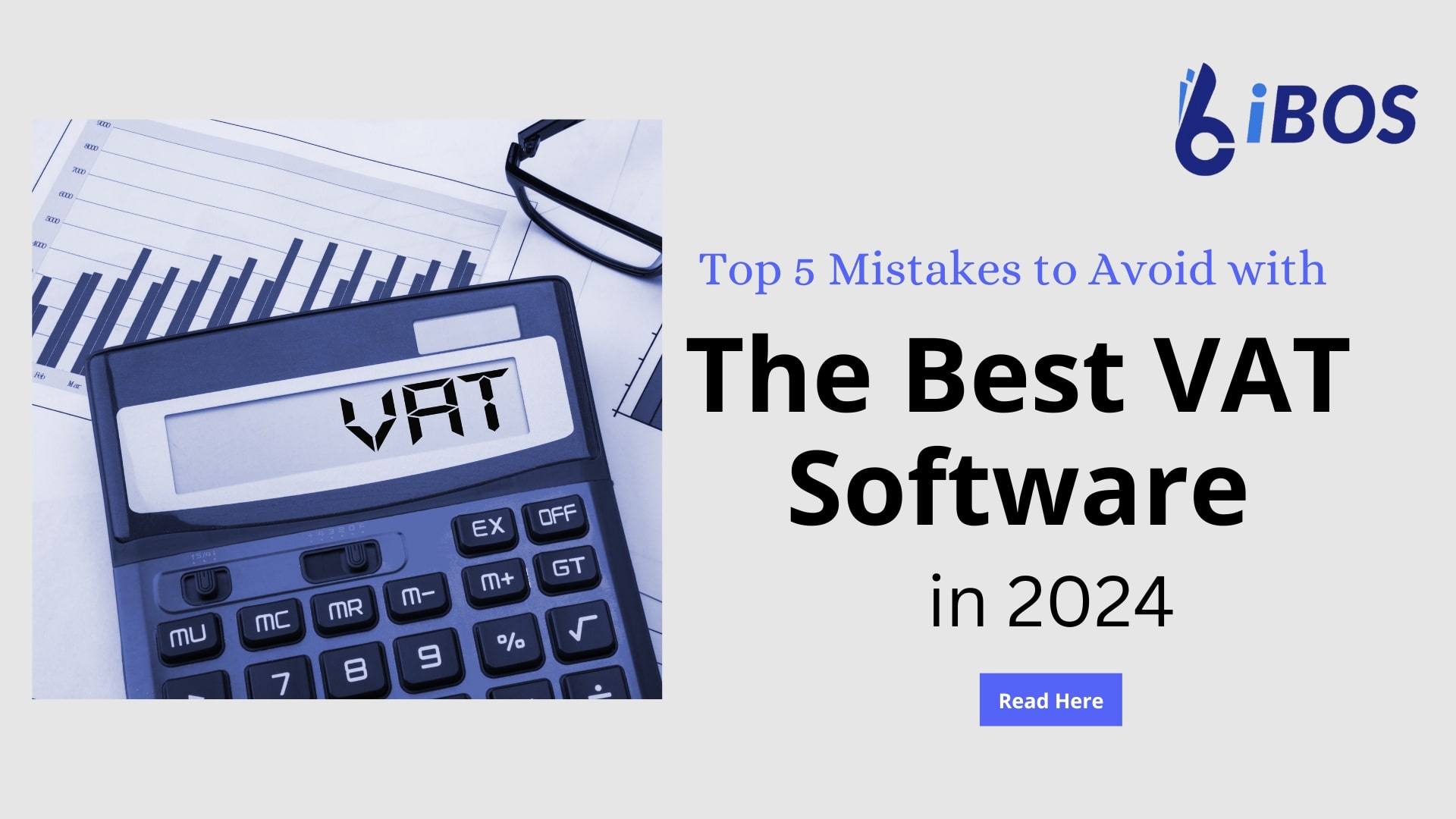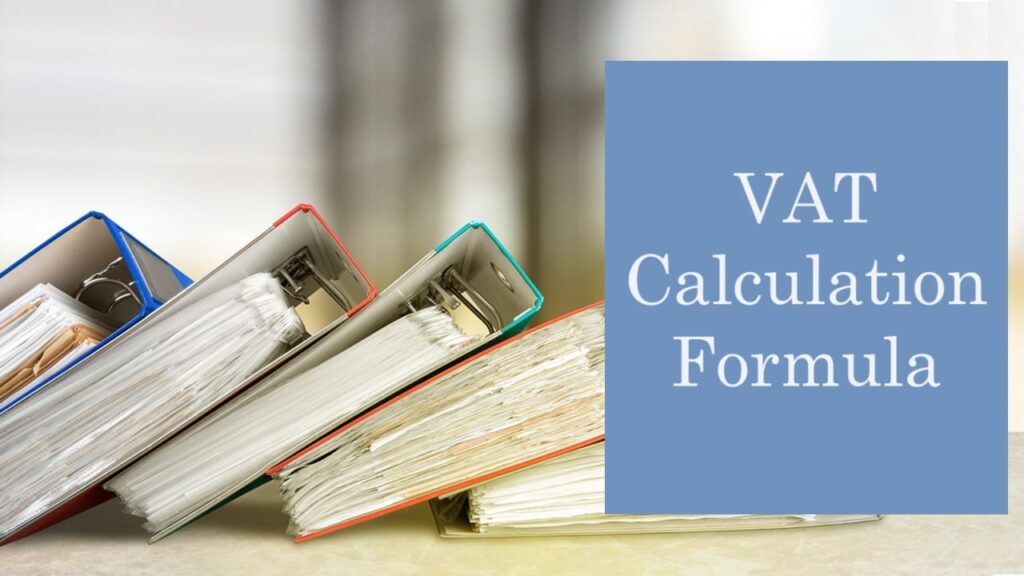There’s no way to deny that best VAT software in Bangladesh is surely coming into the trend as a new tech. But when you’re stepping in the mines of mistakes, not even the latest tech can your back. So, what to do then?
Well, let’s just try to avoid making certain mistakes, and we bet that’s going to take you a long way. Now the question is, which mistakes are we talking about here that should skip making by all means when it comes to VAT software in Bangladesh? Well, it’s time to find that out.
Mistakes to Avoid With the Best VAT Software: The Top 5
Failure To Choose A Reliable Vat Software
A company’s bottom line might take a serious hit if it doesn’t use VAT software in Bangladesh that is secure and up to code. First, it can cause problems with tax compliance, which can lead to fines and other trouble. Incorrect VAT estimates caused by faulty software can lead to accounting problems and disagreements with clients and tax authorities.
Unreliable software may also be missing key features, integrations, or user-friendly interfaces, all of which can have a negative impact on the company’s workflow and overall productivity. When a software vendor provides insufficient maintenance and updates, it can leave an organization vulnerable to program failure, security breaches, and compatibility concerns.
A company’s credibility and the confidence of its constituents can be harmed by the use of faulty VAT software. Concerns about financial management and integrity are raised by inaccurate VAT estimates or noncompliance, which may result in foregone commercial prospects or strained relationships.
Inaccurate Data Entry

In order for VAT software to calculate and determine the right VAT amounts, precise data entry is required. Erroneous VAT computations might result from inaccurate data, such as wrong invoice details, tax rates, or client information. Over or underpayment of VAT might occur. As a result, creating budgetary disparities and possibly even breaking tax laws.
Moreover, firms are obligated to provide accurate VAT data to the tax authorities. If tax information is entered incorrectly, the business might face fines, penalties, or even legal action from the government. Tax audits, which may be initiated due to noncompliance, are a further source of interruption and even brand harm.
Furthermore, data entry errors may cause VAT amounts recorded to differ from actual transactions. This can make it difficult to accurately report on VAT due to difficulty reconciling VAT data with financial accounts. Inconsistencies in the company’s finances can have an effect on the company’s management, decision-making, and relationships with its stakeholders.
Not Updating the Software

If you want your VAT calculations to be precise and in line with the law, you need to make sure your software is regularly updated. Basically, government tax policies may result in changes to VAT rates, rules, and regulations. Tax rates, exemption requirements, and reporting norms are just a few examples of what may shift.
Incorrect computations and noncompliance with the current requirements may result from not updating the best VAT software with the latest information. Businesses may guarantee their VAT software is up-to-date with the latest tax regulations by upgrading it often. This enables the program to precisely compute VAT amounts in light of the new tax rates and regulations. The software also verifies that the generated reports and VAT returns are in conformity with the most recent regulations.
Several problems might arise if software isn’t kept up to date. Incorrect VAT estimates on invoices and financial records might persist if the program keeps utilizing old tax rates. This may cause monetary inconsistencies and noncompliance with tax legislation due to overpayment or underpayment of VAT.
Not Giving Employees Enough Training

Employees utilizing the best VAT software might have a detrimental impact on organizations if they are not properly trained. Many features and functionality are available in VAT software to facilitate VAT-related tasks. Employees could not use all the features to their full potential or even know they exist without adequate training. This can lead to inefficient and unproductive use of the software’s features.
Moreover, the chance of blunders and errors during data input, VAT calculations, and report production is raised when employees have received insufficient training. It’s possible that workers will make mistakes when inputting data since they are unfamiliar with the software’s operations. Inaccurate value-added tax (VAT) computations, budgetary disparities, and possible noncompliance with tax legislation are all possible outcomes.
Inadequate training also increases the risk of VAT software being used inefficiently. Employees may have difficulty learning the software’s UI, locating needed features, or creating required reports. As a result, VAT administration may become less efficient as a whole, and additional time may be spent on inefficient workarounds.
Inappropriate Configuration

Improper configuration of VAT software can have significant consequences for businesses. The best VAT software basically relies on accurate configuration to calculate VAT amounts on invoiced transactions. If tax rates, exemption rules, or thresholds are set incorrectly, the software may generate incorrect VAT calculations. This can result in over or underpayment of VAT, leading to financial discrepancies and potential non-compliance with tax regulations.
Plus, tax regulations require businesses to comply with specific rules and thresholds for VAT calculations. Improper configuration of the software can result in non-compliance with these regulations. Failure to adhere to tax laws can lead to penalties, fines, and legal consequences for the company.
Besides, misconfigured VAT software can generate inaccurate reports and VAT returns. This can impact the accuracy of financial statements and tax filings, potentially leading to discrepancies between reported and actual VAT amounts. Inaccurate reporting can raise concerns during audits and may result in additional scrutiny or compliance requirements.
Final Words
By using VAT management software properly and following these best practices, businesses can reduce the chance of making mistakes, make sure they are following tax rules, and handle their VAT obligations well. The solution lies in the problem; choosing the right software, providing adequate training, proper configuration of the tool with help of an expert, regularly updating the solution or employ an organization that takes care of technology – these are the practices that can help businesses overcome making mistakes like these.
Avoiding mistakes while using the best VAT software in Bangladesh is more important because of NBR compliances and maintaining transparency while submitting transaction reports. Additionally, it is also important because business reputation gets at stake if the authority finds such mistake and penalize the organization. Therefore, the above and other silly mistakes should be avoided completely while using a VAT management software.













